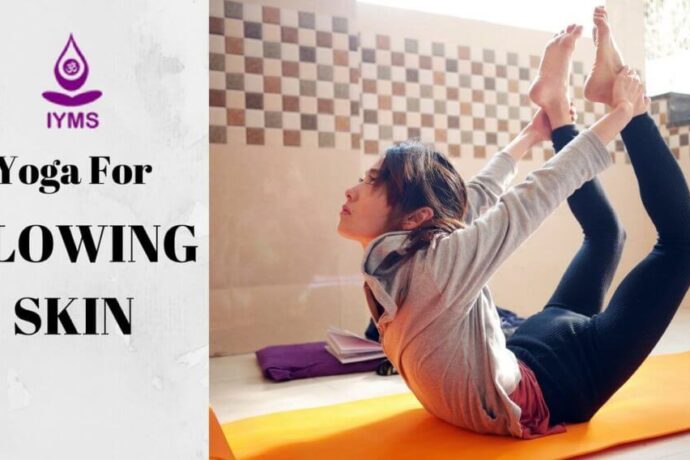Yoga – an ancient art of meditation and spiritual practice has won worldwide acceptance as the bearer of physical and mental well being. It is practiced in every nook and corner of the globe with impact on the younger as well as the older generation.
While you can enjoy the bodily benefits of this age old practice, you also have to keep in mind that you may be subjected to yoga injuries without careful consultation from the yoga gurus.
What Triggers Yoga Injuries?
Yoga has become a fashion rather than a holistic experience for the practitioner. The younger generation, especially inspired by today’s new age celebrities wants to achieve a zero figure instantly.
This trend has brought out a set of fast yoga classes all over the metro cities. In these classes, yoga instructors often encourage the learners to perform tough yoga asanas repeatedly without the basic alignment principals causing painful injuries.
(a) Lack of Warm Up
Lack of warm up sessions before performing the asanas strain the ligaments and muscles resulting in muscle pulls, back sprains, damage to the wrists, knees, and ankle joints.
(b) Going Beyond Body’s Limit
Pushing one’s limits to achieve perfect positions immediately by avoiding the warning signs of discomfort produced by the body will result in serious injuries like torn muscles, tendons, and ligaments, broken bones, and fractured ankles.
(c) Ignoring Signs of Discomfort
Sometimes learners try to avoid the failings in their body to achieve healthier goals. For e.g. someone with a weak back ignores the warning pain and pushes himself/herself into too many backbending positions. Thus injuring the frail back further.
(d) Avoiding Proper Rest
Fatigue and pain are clear signs of preventing further yoga injuries. Allow the body to heal and then resume the practice.
Common Yoga Injuries
Some of the asanas are not to be tried by beginners and the faint-hearted they are better left to experts and masters of the skill. 4 yoga asanas which are dangerously known to risk injuries are mentioned below:
1. Cobra Pose or Bhujangasana
This pose involves bending backward with tilted neck while lying on your stomach and raising your upper body with the support of arms almost like a raised hood of the cobra.

Injuries Caused from Cobra Pose
If done restlessly this position causes injuries to the lower back. The lumbar spine gets sore or suffers from compression tear. It also causes damage to the elbows if they are positioned in a hyperextension way.
Prevention from Injuries Caused by Bhujangasana
- Novices are advised to be cautious while doing this asana.
- Individuals suffering from chronic back pain or having spinal injuries must completely avoid the said asana.
- It is advisable to save the knees aligned with the backbone to prevent any irrational twists that cause harm.
- Usage of a pulley under the sacrum is advised to rest the pelvis.
Read more about Cobra Pose.
2. Headstand or Sirsasana
It is extremely complicated and to be avoided by beginners and people suffering from neck discomfort. This yoga position involves balancing the entire weight of the body on one’s shoulders, neck, and arms while the body is inverted with legs in the air and neck resting on the floor.

Injuries Caused from Headstand
If done incorrectly the body alignment will be disturbed causing neck sprains, shoulder sprains, or serious head traumas. This asana must be done under special and strict guidance from the yoga instructor.
Prevention from Injuries Caused by Sirsasana
- Individuals suffering from glaucoma must completely avoid this asana as it involves the surge of blood to the head and eyes.
- Taking the support of a solid structure like for example a wall is advised to gain perfect balance and avoid injury.
- Placing shoulder support to gain balance is another ideal technique to avoid injuries while doing this asana.
- Performing warm-up positions like the dolphin position, forearm plank, and down-dog position prevent the body from harm.
3. Wheel Pose or Chakrasana
It is a backbending asana where the hands and feet are aligned on the floor with the upper body bending backward in a tension stretch.

Injuries Caused from Wheel Pose
This pose causes a serious tear to the back muscles and upper body torso if not performed accurately.
Prevention from Injuries Caused by Chakrasana
- Make sure the body is perfectly aligned with the back to avoid any spine tension and injury.
- People suffering from slip disc/spinal disc problem must completely avoid this asana.
4. Shoulderstand or Sarvangasana
This pose is sometimes mistaken with the Sirsasana, it involves balancing the body weight on the shoulder muscles.

Injuries caused from Shoulderstand
Excessive pressure on the cervical vertebrae causes injuries to the shoulder and strain on the neck.
Prevention from injuries caused by Sarvangasana
While performing this pose, it is advisable to use blankets as padding for the cervix. Beginner enthusiasts are advised to stay away from this pose till they master the craft.
How to Prevent Yoga Injuries
- First, learn to listen to your body, the aching muscles and strained tissues must be put to rest before trying out new poses. Stay away from strenuous yoga exertion in the beginning. Learn to enjoy the gentle movements instead of striving to achieve perfection in one day.
- Always begin with warm-up positions. Start with light breathing exercises, master a perfect aligned body before moving on to positions that require alignment of the body.
- Learn to master long and rhythmic breathing technique to keep the body in a relaxed state while performing the asanas. An erratic breath indicates possible harm.
- Instead of honing all the asanas in one session, go easy on the ego and be a dumb and wise scholar.
- Lastly, in case of previous injuries, consult a doctor before taking up the holistic experience or follow guided lessons from the yoga instructor.
Conclusion
A healthy mind, body, and soul are nurtured and not achieved all in a day’s work. Learn to balance the art of yoga with daily life to avoid serious consequences. Be a gentle learner, the dedication will achieve perfection in no time.











